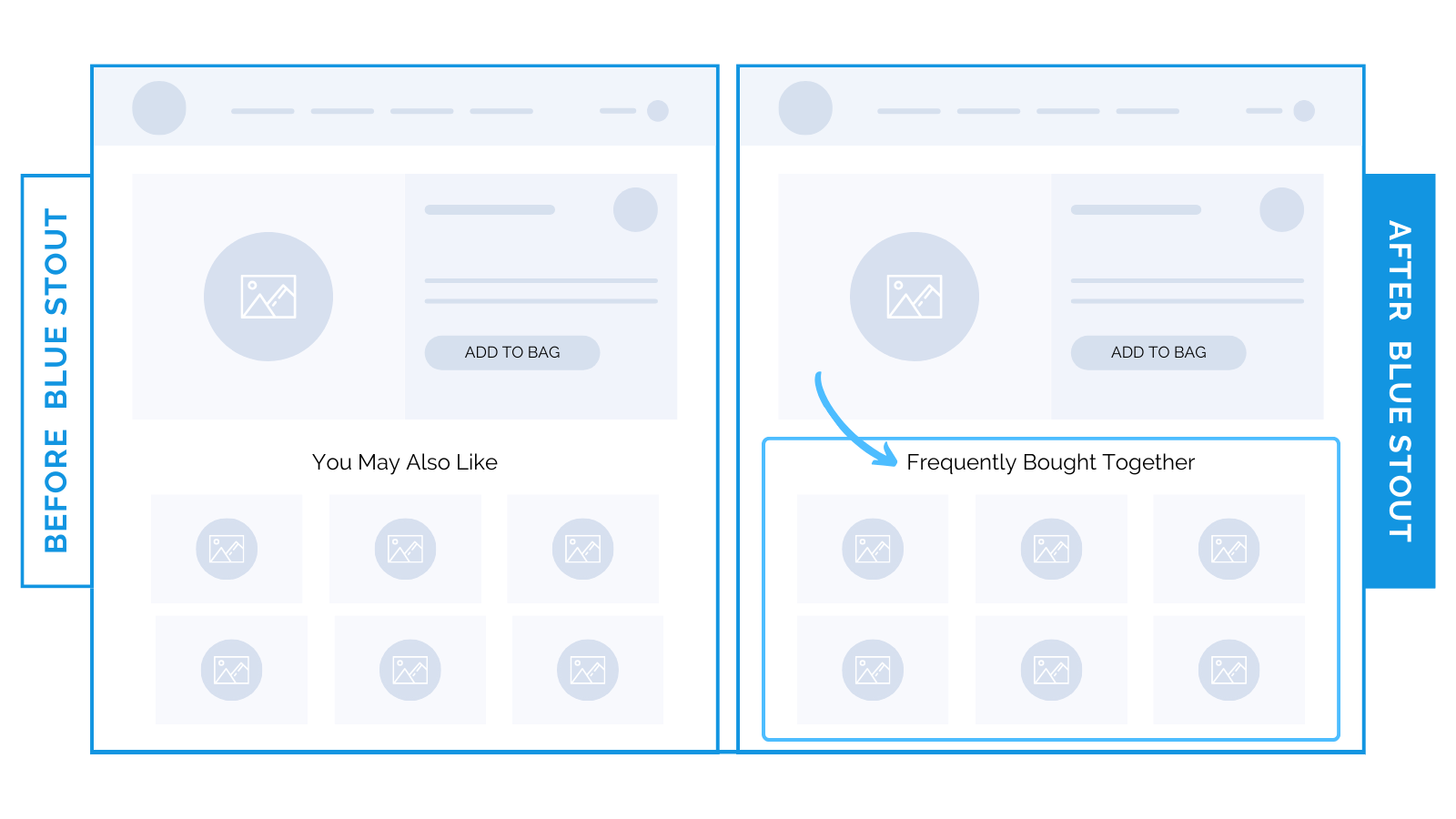- The Fringe
- Posts
- How to Use AI to Become More Customer-Centric
How to Use AI to Become More Customer-Centric
Plus: Brand building is the new priority for eCommerce | Get more reviews with incentives | How AI changes the way we shop | And more

Greetings! In this issue, we’ve got:
Table of Contents
Enjoy.
The Latest
You fear AI, but computers already control your life.
From the article:
"Artificial intelligence" isn't "the future" — it's just a marketing term for a slightly updated version of the automation that has been ruling our lives for years. Companies have cycled through a series of names to dress up their tech — automation, algorithms, machine learning, and now AI — but ultimately, these systems all boil down to the same idea: handing over decision-making to computers to execute tasks at speeds far faster than a human could.
How AI is changing the way we shop
This is a semi-ridiculous premise:
AI-generated designs based on popular fashion
Fast fashion with AI will only speed up go-to-market
Can AI help prevent returns?
Of course, these products are crappy (to me). But what will retail shopping be like as AI improves?
The Xs
Brand Experience
Brand building is the new priority
Worldwide, about 300 million people are trying to start around 150 million businesses each year. Approximately one-third of these, or 50 million new businesses, will be launched annually, equating to about 137,000 per day.
What’s my point? Every year, there are more businesses in the world. So there are more businesses in your country, and more in your state, and more in your city.
Which means more competition in every category. This means you must stand out in ways paid ads cannot do for you.
User Experience
Boost your Average Order Value with strategic cart upsells
Another tip from Blue Stout.
An apparel brand specializing in baby clothing discovered that many customers who bought baby clothes also frequently purchased a particular best-selling blanket.
So, they started featuring this blanket as a cart upsell. The result? The brand saw an impressive 6% increase in average order value (AOV).
Think about trying this:
Dig into your sales data to uncover frequent product pairings and repeat purchases.
Choose high-performing, complementary items to showcase as upsells.
Ensure these upsells are prominently displayed in the cart or checkout process.
Experiment with different upsell offers and placements to find what works best.
Then track the impact on AOV and overall revenue to measure success.
More here:
Customer Experience
Get more online reviews and sales with incentives
Online reviews influence consumer purchasing decisions, which will only continue—so how do you get more?
Research shows that incentivizing customers to leave reviews can increase the quantity and quality of reviews by 20-80% or more.
How can you encourage more customers to share their opinions and experiences and make the review process more enjoyable and rewarding?
Some ideas to consider:
Identify satisfied customers: Target incentives to customers likely to have had a positive experience with your product or service. This maximizes the chances of generating positive reviews.
Offer diverse incentives: Experiment with different incentives such as discounts, loyalty points, sweepstakes entries, free samples, or small gifts. Rotate incentives to appeal to various customer preferences.
Expect more and better reviews: Studies show incentives can boost review volume by 40-70% and increase average ratings by 0.5 stars or more. Incentivized reviews also tend to be longer and more detailed.
Be transparent and avoid bias: Disclose which reviews were incentivized. Don't explicitly instruct reviewers only to leave positive feedback, which may backfire and damage trust. The FTC only allows incentivized reviews if you don't tie the reward to positive opinions.
Make reviewing easy: Simplify the process of leaving a review as much as possible. Send direct links, provide clear instructions, and minimize the steps required.
Respond to feedback: Show that you value all opinions by professionally responding to both positive and negative reviews. Use feedback to address issues and improve your offerings.
Action step: Use incentives to boost your review profile and sales, but don’t bribe or coerce.
Reviews build trust, drive more traffic, increase conversions—and reduce decision fatigue. So encourage more customers to share their experiences for strong social proof.
Employee Experience
Generosity and fear
And here’s a reminder from Seth Godin. Something you probably know but perhaps forget sometimes…
Data Experience
How to use AI (and data) to create customer-centricity
Here are some great insights from Sona Abaryan, partner and global retail and luxury sector lead on using data—and AI—to make your brand more customer-centric.
Thanks for hanging out.
Paul
/cdn.vox-cdn.com/uploads/chorus_asset/file/25347652/VRG_TEC_Site.jpeg)




Reply